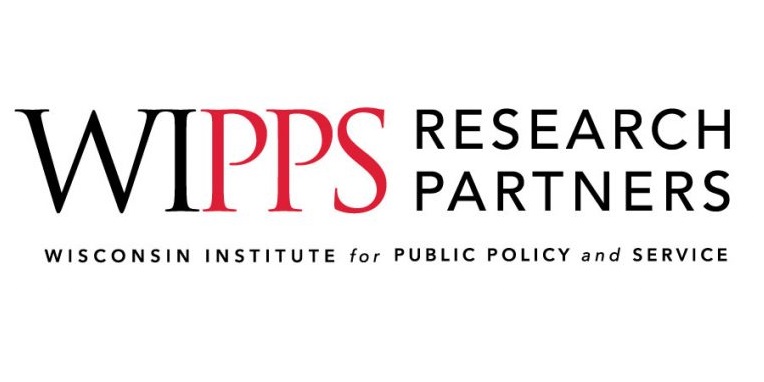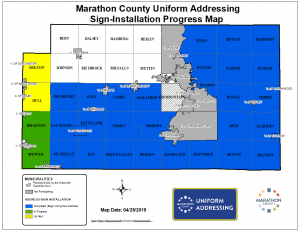
Marathon County: The Case of Uniform Addressing (Synopsis)
 Marathon County asked WIPPS Research Partners to develop a training program to support a growing culture of public engagement to emphasize the importance of public input as part of governance. Two external issues helped drive this effort:
Marathon County asked WIPPS Research Partners to develop a training program to support a growing culture of public engagement to emphasize the importance of public input as part of governance. Two external issues helped drive this effort:
- The county was facing increasingly complex and divisive policy issues;
- Leadership was concerned about a lack of civic participation generally.
Three organizational motives were also articulated:
- To help elected officials take responsibility for exercising policy discretion
- To appropriately respond to “customer expectations”
- To support the county’s strategic goal to develop “a communication system with community to improve the public’s understanding of the services provided.”
WIPPS designed and began implementing a training program for the executive committee. Part way into the training process, a contentious issue around duplicate addressing emerged. This spurred county leaders to request that training be linked to a “real life” exercise. WIPPS then helped county leaders design a public engagement plan and strategy that began with a careful framing of the issue and included periodic coaching and review. The process yielded the following results:
- The goal of implementing an effective communication system was achieved, with county leaders reporting a more robust culture of active and intentional public engagement.
- The county cited WIPPS training as the direct cause of an increase in leadership skills development and capacity among officials and staff and a stronger team environment.
- With regard to rural addressing, county leaders reported that they appropriately named and framed the issue—uniform addressing problem—as a public safety concern.
- County leaders reported more confidence among elected officials in delivering a consistent message, keeping it focused, and keeping distractions to a minimum.
- The county noted that the uniform addressing solution gained strong support among Board members, Town leaders and the general public.
- The county successfully adopted uniform county addressing policy and publicly articulated a desire to continue to use public participation tools and processes learned.